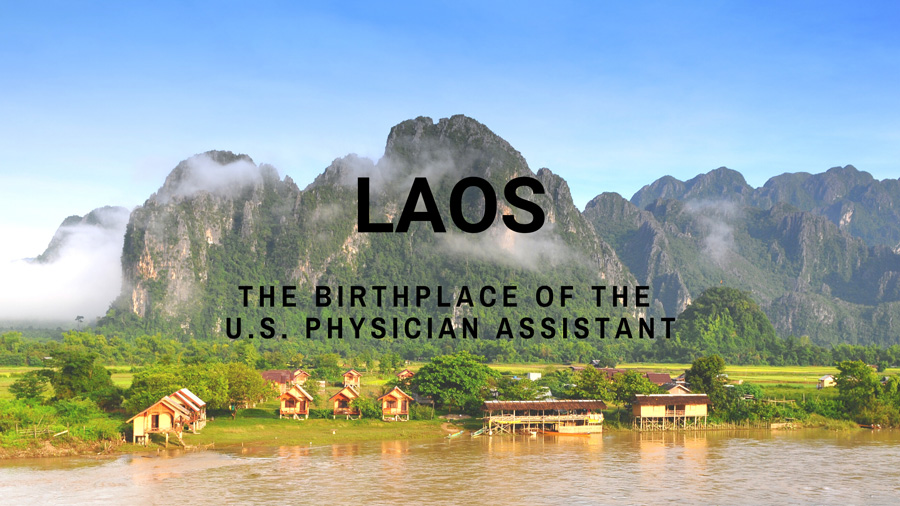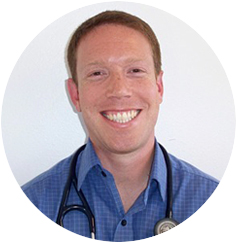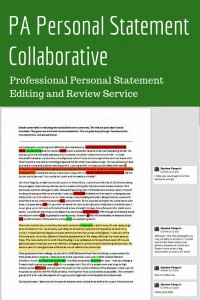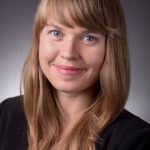
This is part nine of a ten-part series by documentary filmmaker Adam Halbur on the PA model around the world.
Today, we go back to where some say the PA profession first started. The country of Laos.
View all posts in this series
- As Good As You Can: The PA Model Around the World Part One
- American Cheese: The Origin of the U.S. Physician Assistant
- PAs in the Netherlands: The Dutch Physician Assistant
- Why We Really Need PAs in the UK: The British Physician Associate
- Meet The PA Pioneers of Israel: The Israeli Physician Assistant
- Trials and Tribulations of the Liberian Physician Assistant
- South Africa’s Clinical Associate (Clin-A): The PA Model Around The World
- The Indian Physician Assistant (PA): Past, Present, and Future
- The Australian Physician Assistant: The PA Model Around the World
- Laos: The Birthplace of the U.S. Physician Assistant?
- Little Big Men: The Rise of Kenya’s Clinical Officer
Reincarnation: Returning to the Birthplace of the U.S. Physician Assistant
When I heard that American physician assistants were volunteering in Laos, I had to visit since Indochina is where the first PAs got their experience during the Vietnam War.
I wasn’t able to schedule a stop on my way around the world, so I made a special trip back to meet with Reba McIntyre and Khampho Ohno of Health Leadership International (HLI), a Seattle-based NGO which holds training sessions for Laotian advanced practice healthcare workers in regional cities like Luang Prabang, Vientiane, and Savannakhet.
There are explosions, and people are hurt.
According to McIntyre, executive director, HLI got its start in the country by offering training in emergency medicine to address the high number of injuries from unexploded ordinance dropped by American planes.
“Because we know that there’s a lot of unexploded ordinances that remain in Laos that were dropped by the U.S. military,” she said in an interview at their hotel. We know that that ordinance does … there are explosions, and people are hurt. [i]"
There are a lot of disabilities caused by those explosions. So it’s the idea of working and training people to be first responders to manage patients after accidents. This is the program that we are rolling out at the colleges of health science and then also at the district hospital level.
As I walked through the displays at the COPE Visitor Centre, the Centre of Medical Rehabilitation, Vientiane, I got the sense that now much of the ordinance is being more or less safely cleaned up by the Laos government with the help of NGOs and foreign aid, rather than by scavengers or accidental encounters. HLI has expanded its training, with government approval, into areas such as ultrasound and mental health and was aiming to negotiate a new memorandum of understanding to offer more general advanced-level practitioner training.
Laos Advanced Practice Providers
Ohno, a Laos native who has worked for the National Unexploded Ordnance training program, was educated as a U.S. PA in Washington State and now lives with her family in Guam. She explained the Laos advanced practice healthcare provider’s duties:
"The medical assistant, or PA in the Laos context [ii] who works in the health dispensaries, needs to be able to do pharmacy, immunization injections, prenatal care, you know, all of this, because…. Basically, there may be three to five of them in one particular health dispensary."
Ohno said that not all medical assistants are often present at one time, and many health dispensaries are quite remote, with roads sometimes not possible by car or motorbike but only on foot. In the bigger cities, like Vientiane, where her family lives, people are beginning to encounter most of the same medical problems associated with modern life, namely obesity and diabetes. I saw people out jogging and exercising along the Mekong River as they would anywhere else.
Laos seemed, in fact, a very easygoing country, yet it has an economy that is quickly growing along with its neighbors, Vietnam, Thailand, and China. And though much work remains to clean up the ordinance, the bombing of Laos between 1965 and 1975 [iii] is receding into the past.
"During the mid-70s, my father was on Guam as a medical air corpsman and used his 8mm camera to film heavily loaded bombers taking off from Anderson Air Force Base—he had no idea that some were probably headed to Laos, an unofficial if not secret target at the time."
Casualties of War
Laos remains the most heavily bombed country per capita in history, making the country a de facto ammo dump rather than a strategic target. Steve Turnipseed, who graduated as a PA from the MEDEX program in Seattle in 1969, was a CIA civilian insurgent in northern Thailand, southern Laos, and parts of Cambodia during the early years of the bombing campaign. I talked with him over the phone but used excerpts from his interview with his alma mater.
“My mission there [iv] was public health and psychological warfare and preparing the people of the rural areas not to be infiltrated with the Communist regime,” he recalled. “It was an interesting assignment because basically when I got there, I found no Communist influence in Laos, Cambodia, and that area of northern Thailand. The only influence was with the opium traders—and the opium trails were … they ran the country. So it was an interesting encounter that I had to live with through there.”
The Future of The PA Profession in Laos
As I leave off where the PA story began, Laos begs some lingering questions:
What is the impetus behind the larger U.S. effort to spread the physician assistant model worldwide?
Is it goodwill? Is it to extend the reach of pharmaceutical and medical device companies? Is it some strategy of defense and security? Is it part of international efforts to meet World Health Organization goals?
Whatever the answers may be, in the end, access to quality health care is a human right. But that said, when I think of equal health, I think first of addressing the equality of infrastructure, food and water, and education. Many health problems would be solved through economic parity—at least, that is my lasting impression of Kenya when I went there in June 2019 to film the clinical officer, another PA-like practitioner. I will cover Kenya’s CO in one final bonus blog.
Videos from this post
- [i] https://youtu.be/KwPCJNmAVIw
- [ii] https://youtu.be/uCfSjQQZSeY
- [iii] https://youtu.be/_vkSBx9QN2U
- [iv] https://youtu.be/4UK3nwbTCXA
- [v] As good as you can, as professionally as you can - A film on the PA model around the world
- [vi] Documentary video cut of PAs in Laos
About the Author
Be Notified of The Next Post
View all posts in this series
- As Good As You Can: The PA Model Around the World Part One
- American Cheese: The Origin of the U.S. Physician Assistant
- PAs in the Netherlands: The Dutch Physician Assistant
- Why We Really Need PAs in the UK: The British Physician Associate
- Meet The PA Pioneers of Israel: The Israeli Physician Assistant
- Trials and Tribulations of the Liberian Physician Assistant
- South Africa’s Clinical Associate (Clin-A): The PA Model Around The World
- The Indian Physician Assistant (PA): Past, Present, and Future
- The Australian Physician Assistant: The PA Model Around the World
- Laos: The Birthplace of the U.S. Physician Assistant?
- Little Big Men: The Rise of Kenya’s Clinical Officer
















The PA profession was modeled after Dr. Eugene Stead observed a relationship between Henry Lee Treadwell and Dr. Amos Johnson. Treadwell worked side by side with Dr. Amos from the 1940s through the 1950s, pre-dating the Vietnam war by at least a decade.
https://pahx.org/assistants/treadwell-henry-lee-buddy/
” Eugene A. Stead, Jr., founder of the Duke University PA Program in 1965, was aware particularly of one such proprietary trained assistant, Mr. Henry Lee ‘Buddy’ Treadwell, who was trained by and worked with Dr. Amos Johnson in general practice in Garland, North Carolina. This professional relationship between Johnson and Treadwell crystallized Stead’s vision of how a physician assistant could be used to help over-worked doctors deliver health care services. As a prototypical physician assistant, Treadwell represents a group of men and women who were at the forefront of the call to meet a growing demand for health care services by using non-physician personnel.”
Interesting post. I guess a lot of countries have professions with some similarities to physician assistants, and often little differences as well, as you talked about a little bit.
Laos is also an interesting country…with a sad history as you described. I’ve been to Thailand a few times and I always meet Laotians and Cambodians. They’re nice people, but they’ve had a rough Life in most cases.
Yes, Ben, you are right, the history of Cambodia (along with America’s involvement in that region during the Vietnam war) is sad and eye-opening. It is also a region of the world that can benefit from the development of the PA profession. I know many PAs who have worked there in a volunteer capacity.
Stephen